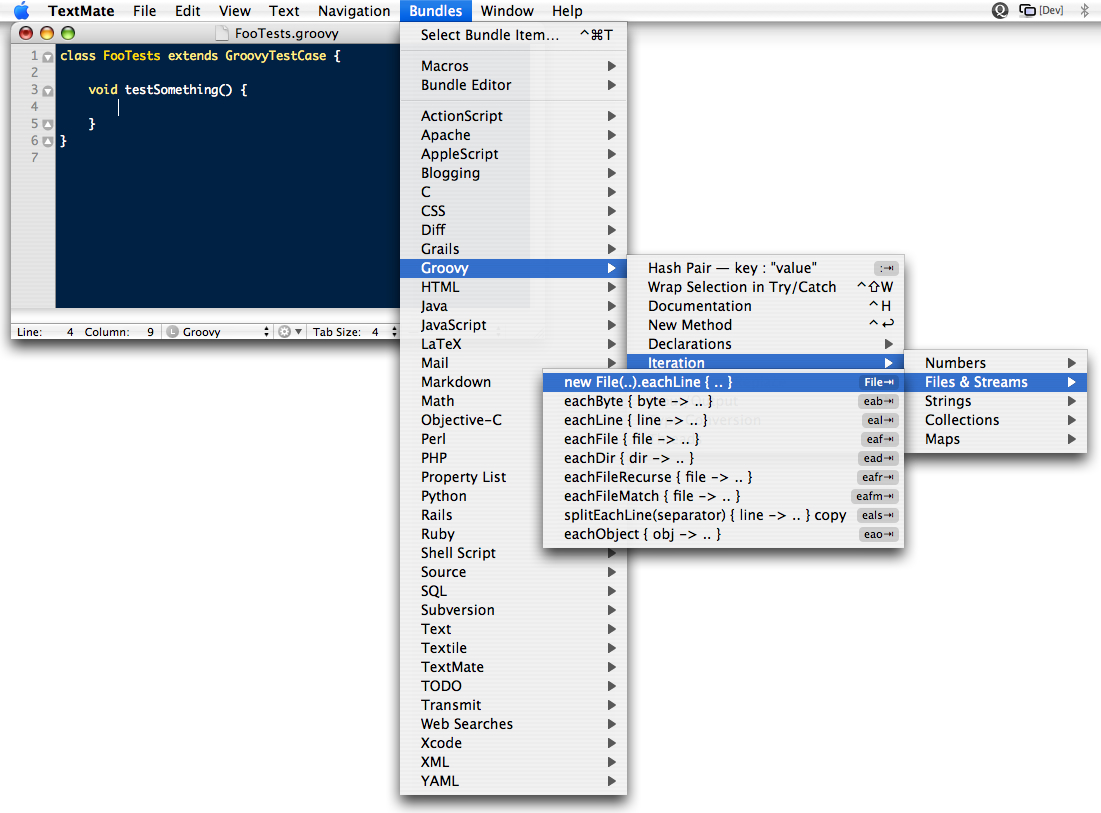

Validates_length_of :attribute, :within => 3.20, :message => "must be present" For example, typing vl and TAB generates the following Rails code:
Looking textmate install#
For example, pressing def and TAB will generate a function definition: You can install Bundles (TextMate extension packages) to add snippets for popular frameworks such as Rails or RSpec. Typically you type the first 3 letters of a structure and then press TAB. Snippets generate commonly used Ruby and API structures quickly. This is simplistic compared to auto-complete in Visual Studio (as TextMate lacks any type information about the code) but it does save a lot of typing. Pressing ESC again will cycle through other potential matches. For example if I have a Ruby file like the following:Īnd I press ESC after the p, TextMate will expand the p to print, as print has appeared previously in the file (Other popular Ruby editors such as Emacs and Vim have similar features.) CompletionĬompletion works as follows: if you start typing a word and press the ESC key, TextMate will attempt to complete the word if it has appeared previously in the file. This has two features that give you 50% of what IntelliSense does: Completion and Snippets. Some Ruby IDEs such as JetBrains RubyMine do have Visual Studio style IntelliSense, but the majority of Ruby developers use TextMate as their primary editor.

I have found that the combination of the powerful features of TextMate, quick feedback from the IRB, and the Ruby language reduce your dependence on IntelliSense. NET developers is how can Ruby development be productive without this feature? I am currently making the transition to Ruby myself. IntelliSense is a feature in the Visual Studio IDE that saves you a hell of a lot of typing and makes APIs discoverable.


 0 kommentar(er)
0 kommentar(er)
